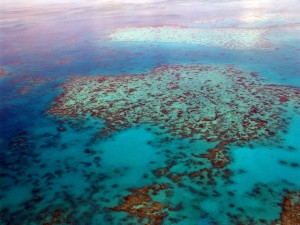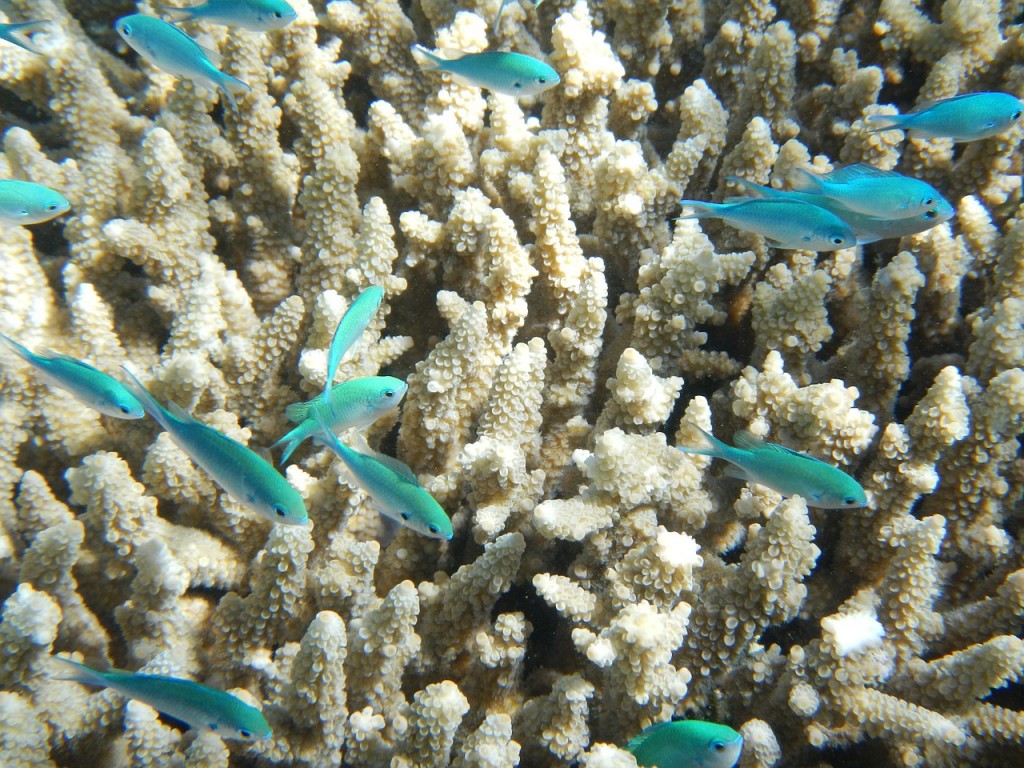 The Great Barrier Reef is one of the world’s most stunning underwater marvels, but depending on the pace of global warming, it may not be here for us to witness in the future.
The Great Barrier Reef is one of the world’s most stunning underwater marvels, but depending on the pace of global warming, it may not be here for us to witness in the future.
According to a new report published in Nature, the resilience of the reef is quickly dropping. (Hughes et al., 2017) This comes after scientists analyzed aerial and underwater surveys, which shows extensive bleaching. In fact, the researchers believe that warmer-than-usual ocean temperatures triggered the “most damaging and widespread” coral bleaching event in recorded history.
Other massive bleaching events occurred in 1998 and 2002. Back in 1998, most of the bleaching happened along the coast, and the most severe struck the central and southern regions of the reef. In 2002, it was more widespread, impacting offshore reefs as well, which had not been impacted by the event in 1998.
In 2016, the proportion of extreme bleaching – more than 60 percent of corals bleached – was four times greater compared to 1998 and 2002, according to the scientists.
“The cumulative, combined footprint of all three major bleaching events now covers almost the entire Great Barrier Reef Marine Park, with the exception of southern, offshore reefs,” the scientists concluded.
A rise in heat stress contributed to the broad reef bleaching, according to the researchers. The largest portion of heat stress occurred over a 1,000-kilometer-long section of the Great Barrier Reef. (Cummins and Justin Heifetz, for CNN, 2017)
Understanding Coral Health
While aerial and underwater surveys can provide insight into the areas impacted by bleaching events, scientists are still working on ways to measure the overall health of coral. Recently, researchers monitored three coral colonies off the coast of Ofu Island in American Samoa. (“Stanford Biologists Identify Ancient Stress Response in Corals,” 2017) They looked at how stressors, such as high temperatures, impacted the coral’s cells.
“They started using a whole set of genes that they had just not been using before,” said study author Steve Palumbi, study author.
In the end, they were able to witness the stress response of coral over time. The corals’ genes appeared to initiate a protein response when tides were low and temperatures were hot. When the ride rose, they returned to normal.
“This response just shows how in sync corals are with their environment,” said Lupita Ruiz-Jones, who examined the coral alongside Palumbi.
Palumbi added that with the information he drew from his research, we may eventually be able to help coral live through the next decades of global climate change.
